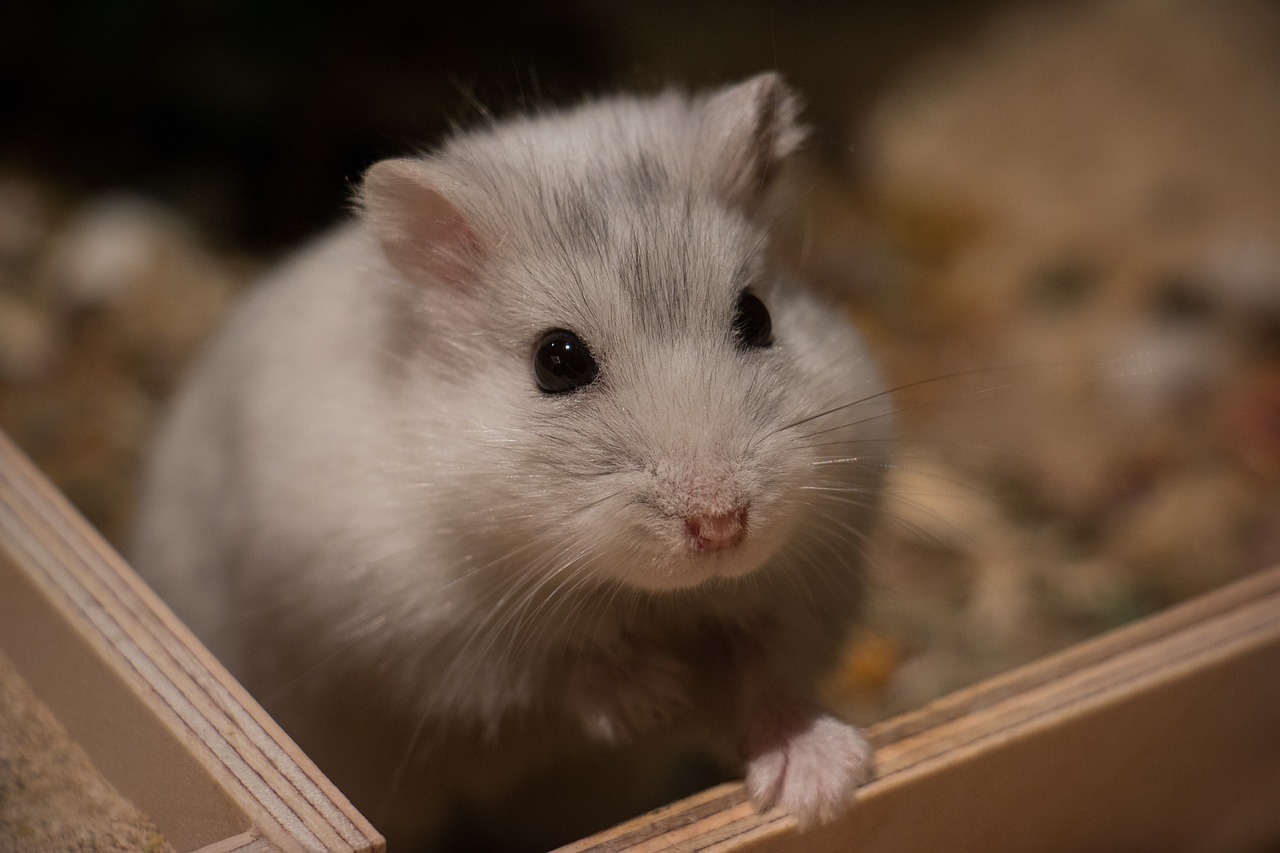Here are 20 interesting facts about hamsters
- Hamsters are rodents that belong to the subfamily Cricetinae, which contains 19 species classified in seven genera. Hamsters are related to mice, rats, squirrels, and other rodents.
- Hamsters are native to Eurasia, where they live in various habitats, such as deserts, grasslands, forests, and mountains. Hamsters are adapted to different climates and environments.
- Hamsters are mostly crepuscular, which means they are active at dawn and dusk, and sleep during the day and night. Hamsters have a different sleep cycle than humans and other animals.
- Hamsters have elongated cheek pouches that extend to their shoulders, which they use to carry food back to their burrows. Hamsters can store a lot of food in their cheeks and eat it later.
- Hamsters have a short tail and fur-covered feet, which help them to balance and keep warm. Hamsters have some unique physical features that distinguish them from other rodents.
- Hamsters are typically solitary animals that prefer to live alone or in pairs, and may fight with other hamsters if kept in groups. Hamsters are not very social and need their own space.
- Hamsters are omnivores, which means they can eat meat and vegetables. Hamsters that live in the wild eat seeds, grass, and even insects. Hamsters have a varied diet and can eat different kinds of food.
- Hamsters are coprophagic, which means they eat their own feces. This helps them to digest their food better and absorb more nutrients. Hamsters have a special way of processing their food that may seem gross to humans.
- Hamsters can hibernate when the temperature drops below 5°C (41°F), but they may also wake up periodically to eat and drink. Hamsters can survive cold weather by slowing down their metabolism and conserving energy.
- Hamsters have poor eyesight but excellent senses of smell, hearing, and touch. They use their whiskers and scent glands to navigate and communicate. Hamsters rely on other senses than vision to explore their surroundings and interact with others.
- Hamsters can run up to 6 miles (9.6 km) per night on their exercise wheels. They also like to dig tunnels, chew toys, and play with other items. Hamsters are very active and need stimulation and exercise to stay healthy and happy.
- Hamsters can breed very quickly and produce large litters. A female hamster can give birth to up to 20 babies at a time, and can get pregnant again within hours of giving birth. Hamsters are prolific breeders and can multiply rapidly.
- Hamsters can live up to 4 years in captivity, but usually only 2 years in the wild. The lifespan of a hamster depends on its species, diet, health, and environment. Hamsters have a relatively short life span compared to other pets.
- Hamsters can make various sounds, such as squeaks, chirps, hisses, growls, and purrs. They use these sounds to express their emotions, such as happiness, fear, anger, or pain. Hamsters have a vocal language that can help us understand how they feel.
- Hamsters come in different colors and breeds, such as golden or Syrian hamster, dwarf hamster, Chinese hamster, and Roborovski hamster. Each breed has its own characteristics and needs. Hamsters are diverse and varied animals that offer different options for pet owners.
Facebook Comments


































